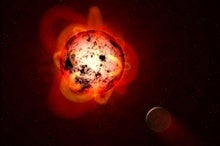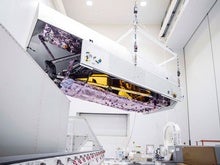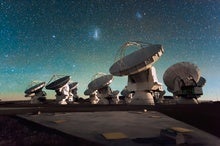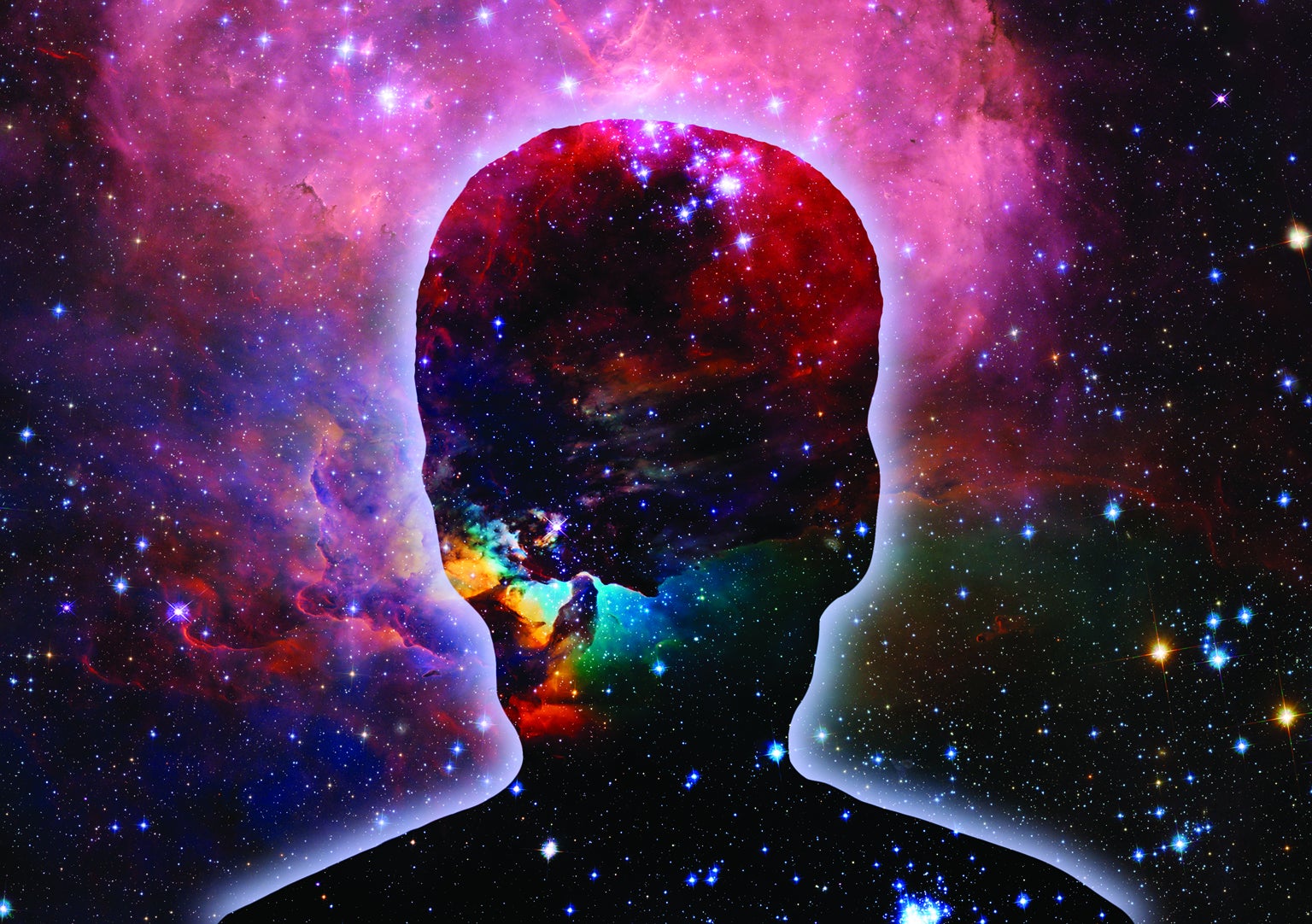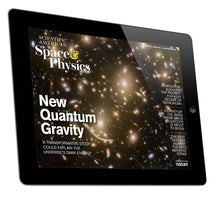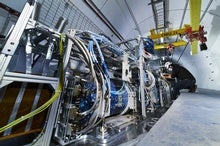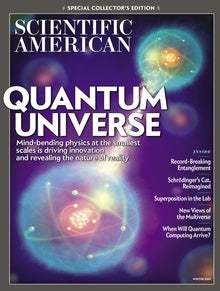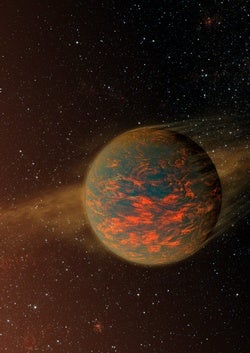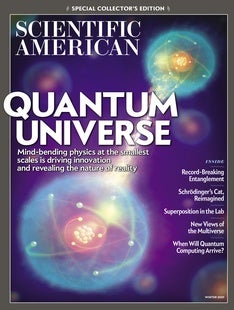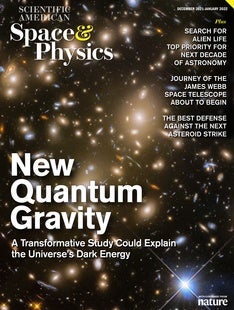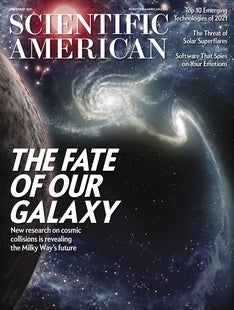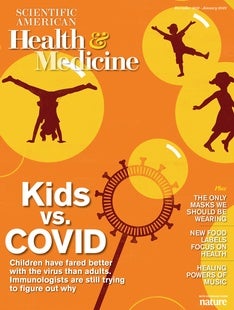 |
| December 09, 2021 |
Dear Reader,
This week, we're looking at hidden worlds. Our lead story details how a team of physicists recently managed to catch the first-ever lab-based glimpse of a quantum wavefunction—an elusive, almost ghostly entity with tenuous connections to our familiar, day-to-day reality. Elsewhere, we have coverage of a heavy-metal exoplanet, two galactic "dust bunnies" from the distant universe, progress toward launching the James Webb Space Telescope and more. Enjoy! |
| |
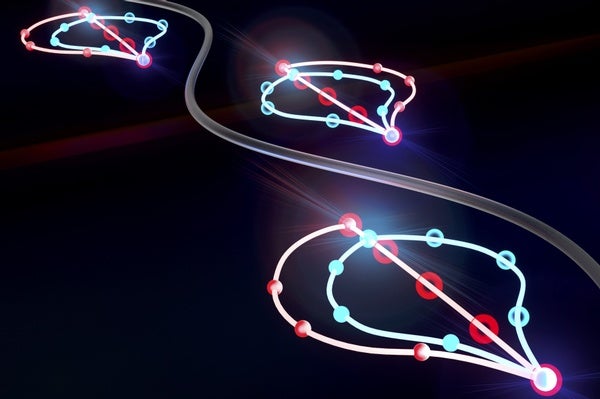 |
| |
| |
| |
| |
| |
| |
| |
FROM THE STORE
 | | | |
| QUOTE OF THE DAY
 "Today we welcome 10 new explorers, 10 members of the Artemis generation, NASA's 2021 astronaut candidate class. Alone, each candidate has 'the right stuff,' but together they represent the creed of our country: E pluribus unum--out of many, one." Bill Nelson, NASA administrator | |
| |
FROM THE ARCHIVE
 | | | |
LATEST ISSUES
 |
| |
| Questions? Comments?  | |
| Download the Scientific American App |
| |
| |



